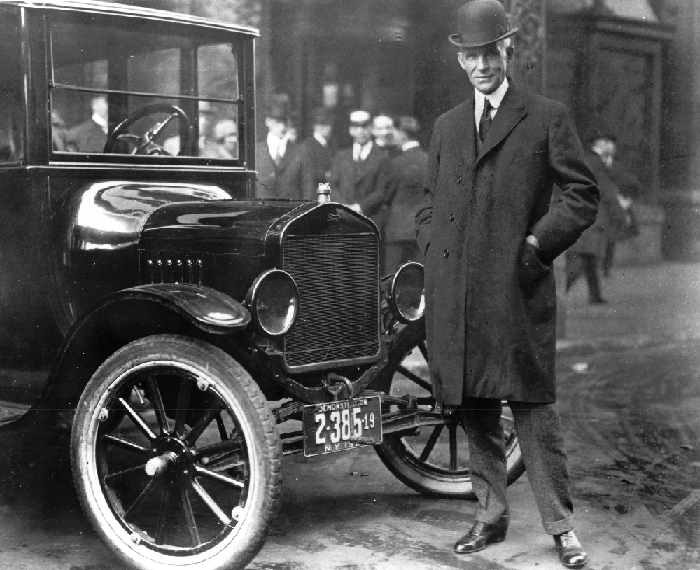
Fuel The World
History
Primary fuel such as firewood has been used since man discovered fire. however the more advanced processed biofuel appear much later.
Ethanol has been derived from alcohol since 1100 and has been used for lamp and cooking along with camphene (usually made from turpentine or other plant derived oil) or other animal oil until 19th century.
1826, Samuel Morey built the first internal combustion engine in the U.S. which runs on a mixture of turpentine and alcohol.
1860 Nikolaus August Otto designed the first internal combustion engine that burn fuel efficiently in a piston chamber using ethyl alcohol as fuel.
1890 Germany started the world’s first large scale biofuel industry to promote rural development and to reduce reliance on foreign fuel. The project research into ethanol fueled automotives and mainly pushed the use of alcohol fuel made from potato.
1900 Rudolf Diesel invented the diesel engine which runs on vegetable oil.
1906 Henry Ford built the Model T that can run on ethanol, gasoline or both.





(33)
(34)
(35)
(36)
(37)
1919 In around 1919, Brazil, one of the world’s largest producer of sugar cane, started a program to push for biofuel. By 1921, distilleries in the northeastern state of Pernambuco produced over 2.2 million gallons of ethanol.
1920-1930 Bioethanol began to fuel cars in United States.

1942 Harder and von Witsch were the first to propose that microalgae might be a good source of lipids for fuel of for food.
1940s The first U.S. ethanol plant was built.
(38)
1970 The Clean Air Act was passed by the Environmental Protection Agency (EPA) that regulate the emission of pollutants and set the stage for the search for cleaner burning fuels

(39)
1973-1978 The Arab oil embargo and Iranian Revolution caused the decrease in fossil fuel production. As the global oil consumption after World War II grew by five and a half time, the shortage in oil supply from the Middle East caused an international energy crisis. This lead to countries looking for substitute for substitute for fossil to reduce dependence on foreign fuel.

(40)
1975 Brazilian “Proalcool” program pushed for a mandatory use of E20 ,a blend of 20 percent ethanol with gasoline.
1978 After the energy crisis US Department of Energy started the Aquatic Species Program to develop a price competitive fuel from microalgae.
1992 EPA passed the Energy Policy Act that requires car producers to offer car that can use alternative fuel and required certain fleets to acquire alternative fuel vehicle.
2002 11% of corn crops produced in US were used for fuel production.
2010 The E15 can be officially sold in the U.S.
[42][43][44]


